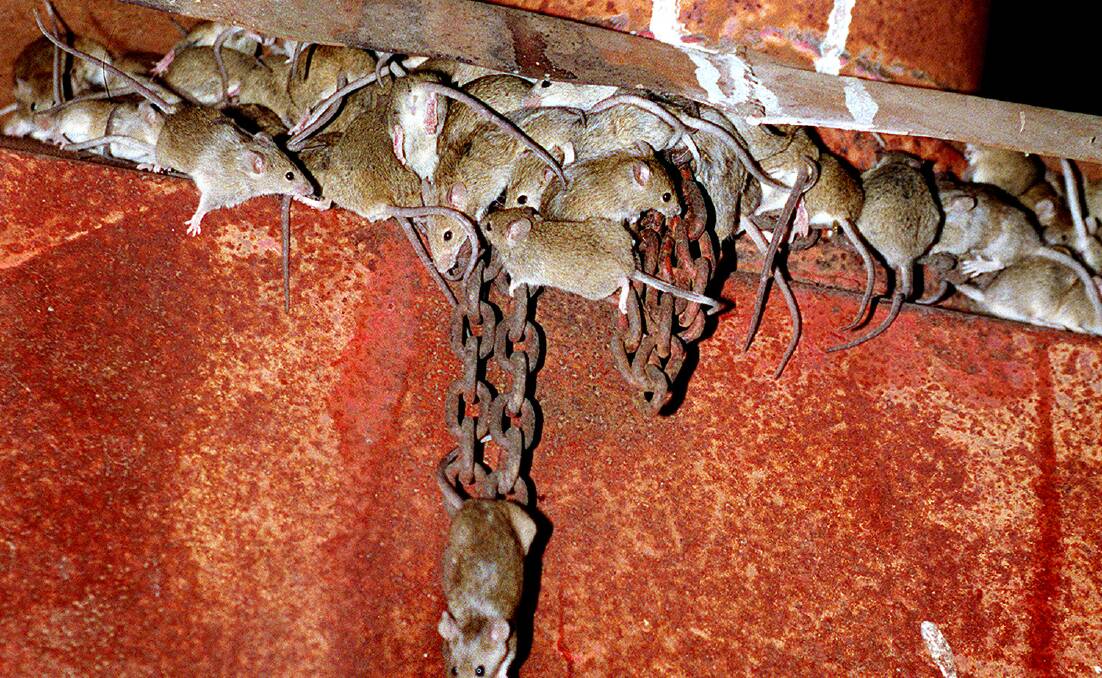
THE GOOD news for farmers across the country is that a repeat of the horror plague that ravaged Central West NSW in particular in 2021 is unlikely.
However, CSIRO mouse researcher Steve Henry said there was no room for complacency and said farmers in other parts of the nation, such as the Mallee in both Victoria and South Australia needed to remain vigilant.
"Monitoring indicates trap rates of up to 30 per cent in parts of the Victorian Mallee which is quite high and we had this figure three times, so it was not just a one-off," Mr Henry said.
"We're not looking at numbers like last year but there is definitely the risk mice could build up to economically damaging levels," he said.
"As always, get out in your paddocks, check and monitor to see whether there is an issue.'
Mr Henry said one of the primary concerns, right across the eastern seaboard and into South Australia, was the ample food source available.
"There were some heavy crops and in a lot of cases grain has ended up on the ground, which provides a lot of food for mice," he said.
"In one case at Burren Junction (north-west NSW), there was a barley crop that was going 6 tonnes a hectare until a storm and then after was going 2t/ha, it means there is an awful lot of grain on the ground.
"This is a similar story right down into Victoria, where one windy day in particular knocked a lot of barley out."
Mr Henry said the farmer whose paddock had the high numbers in monitoring had not noticed mice about as he focused upon harvest.
"It shows that sometimes you can have numbers build up without noticing if you're not looking hard.
"You need to keep an eye out as mice can breed up to damaging levels really quickly in the right conditions."
He said in the north follow up rain would germinate the grain, which was a positive as mice preferred to eat the whole grain.
Mr Henry said the heavy flooding rain would knock around mouse numbers in the north but would not necessarily wipe them out.
"Mice are notorious as good swimmers, there are videos showing them paddling their way through water," he said.
"You might wipe out some of the young in burrows and the adults will perish eventually if they don't make it to dry land but they certainly can swim for some time so a flood doesn't just wipe them out."
In terms of reports that unseen mice damage had caused yield penalties, particularly in southern and central NSW, Mr Henry said while he was not aware of it, it was possible.
"You obviously notice the really bad damage, but it is possible that some incursions from mice during the spring was not noticed with the crop thickening up, so it is only noticed at harvest."
Start the day with all the big news in agriculture! Sign up below to receive our daily Farmonline newsletter.


